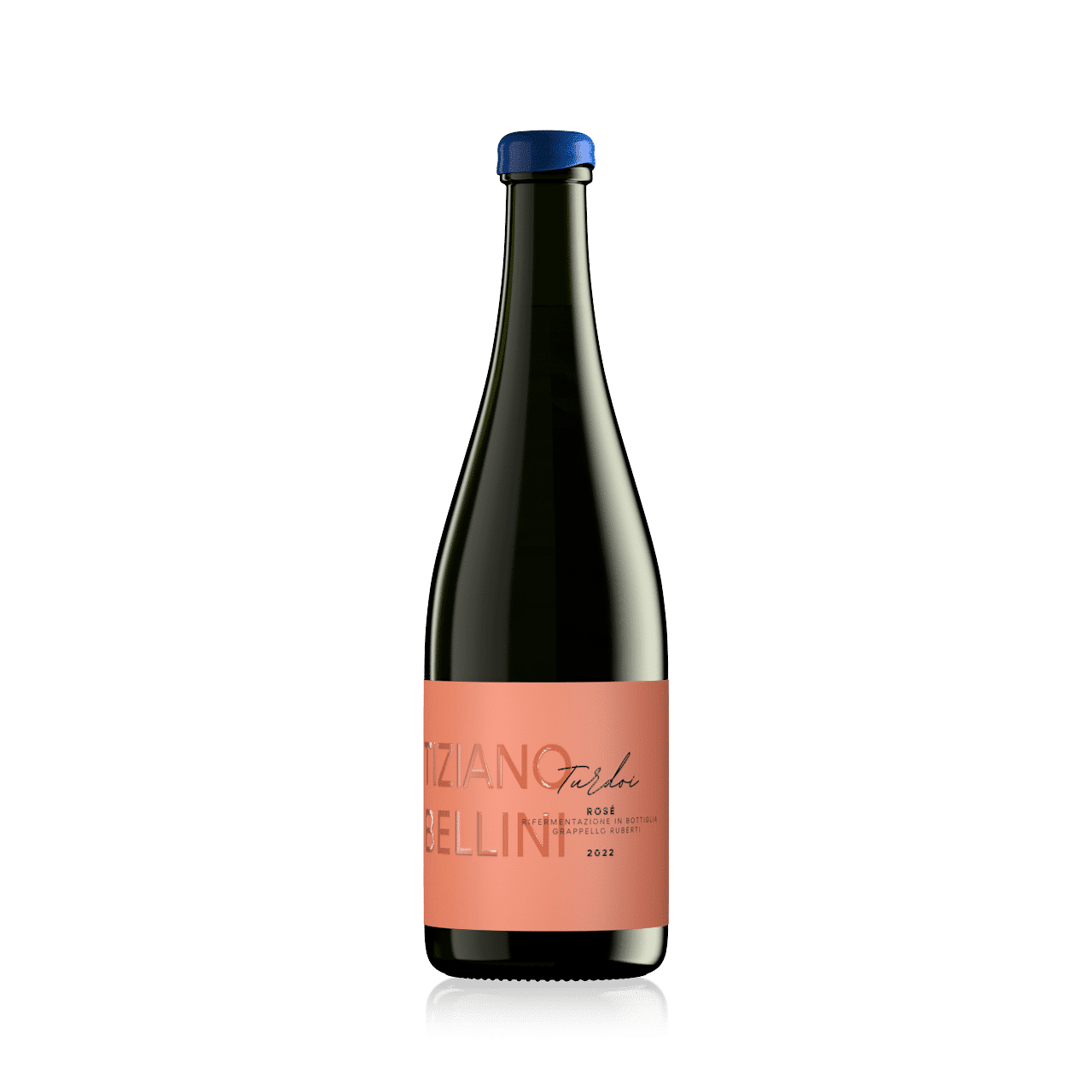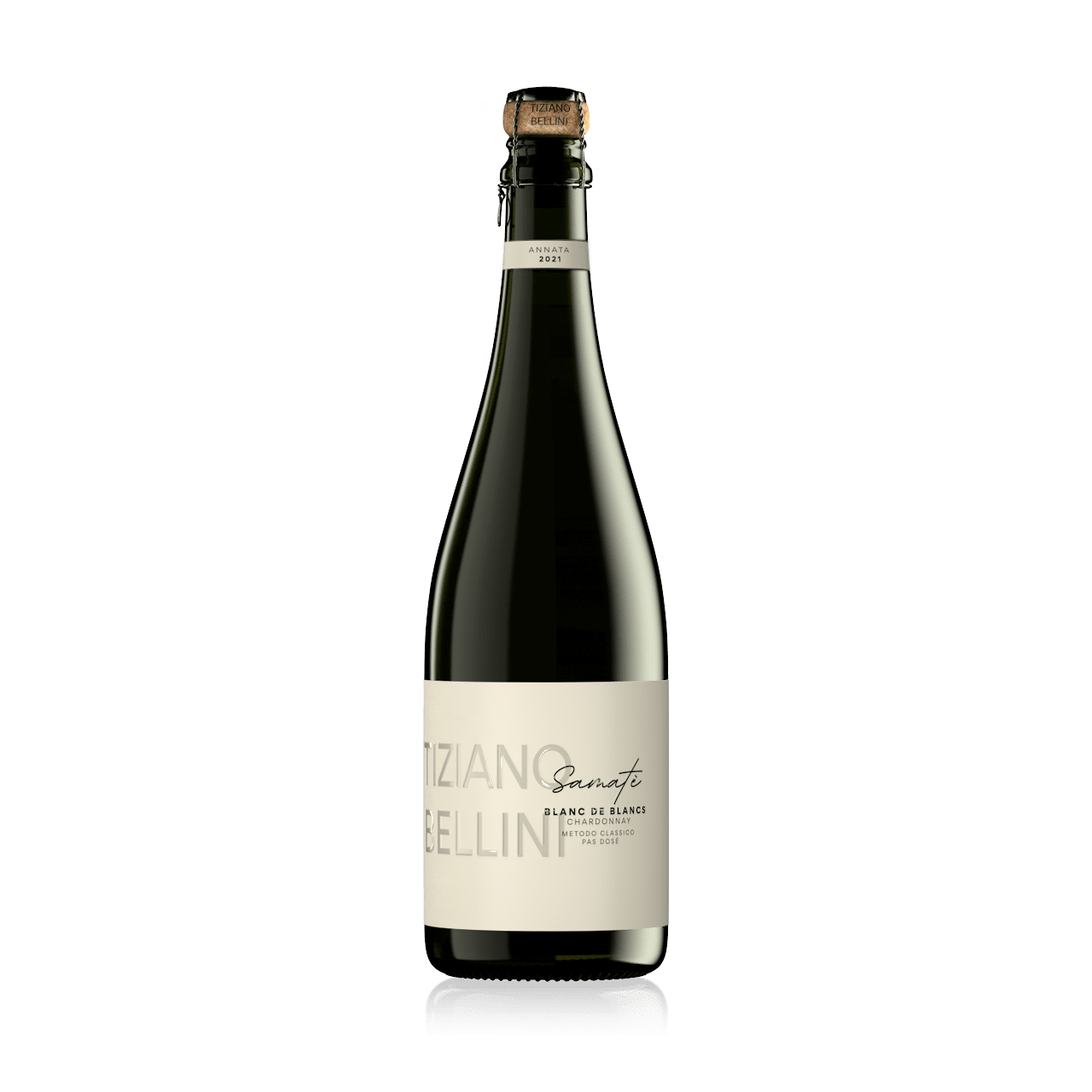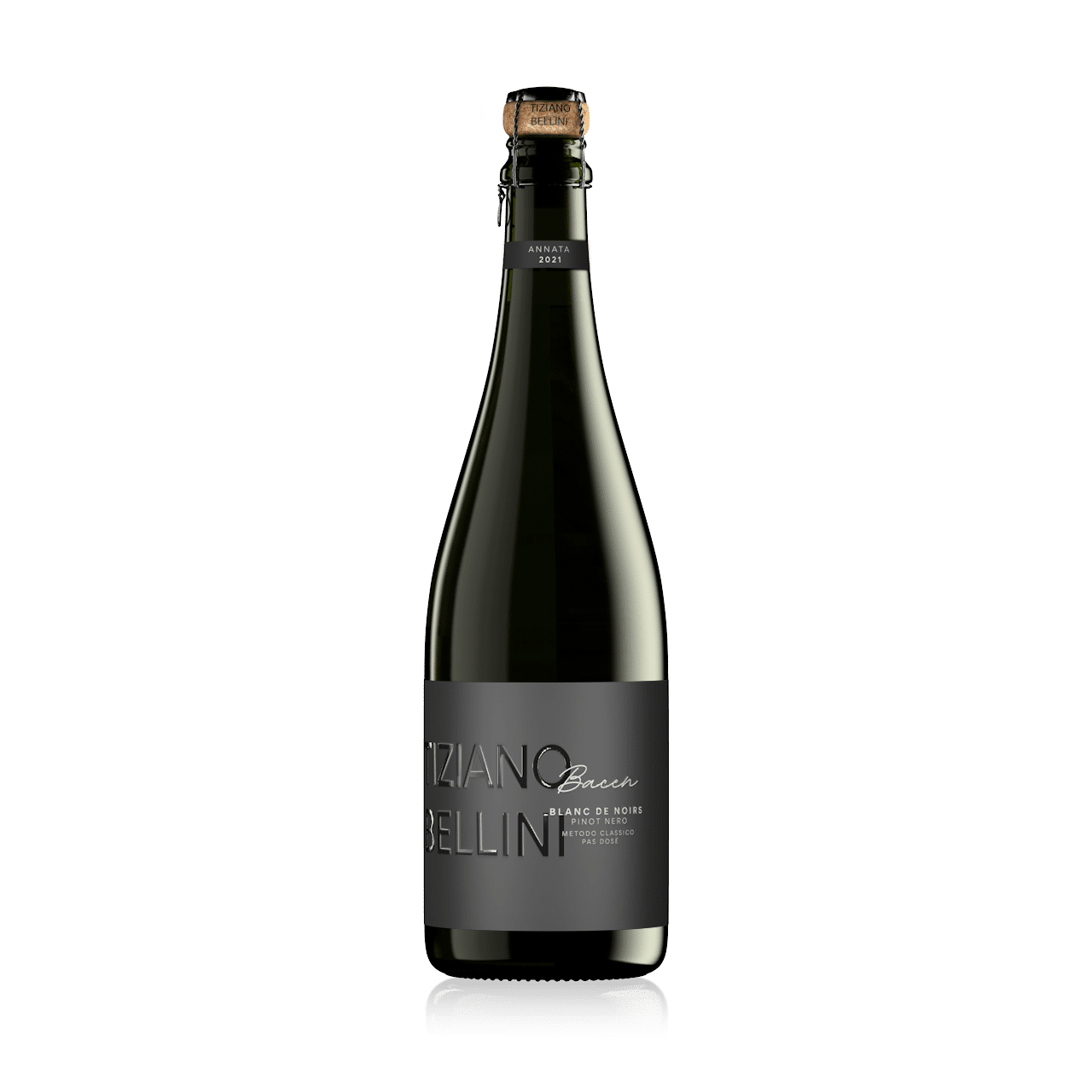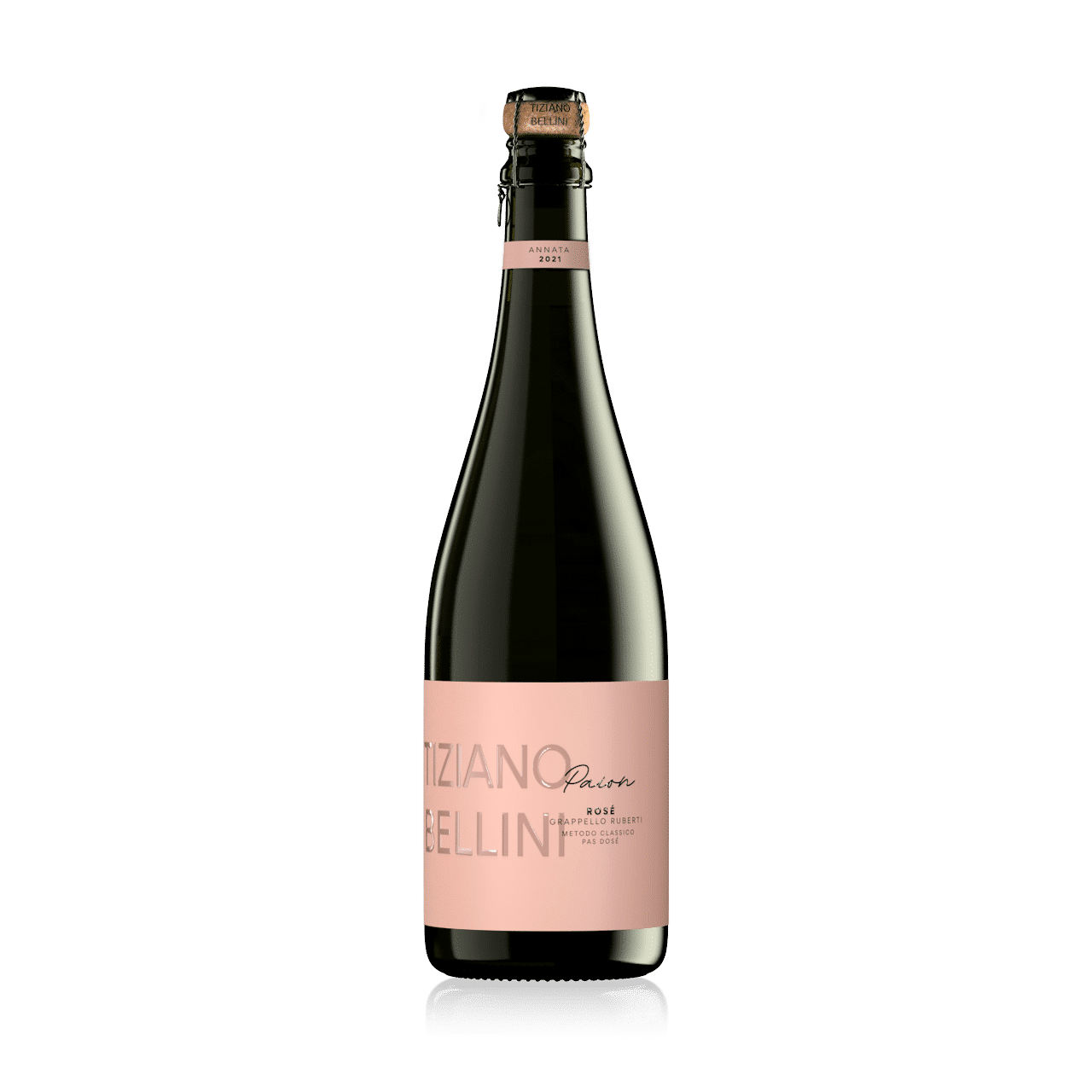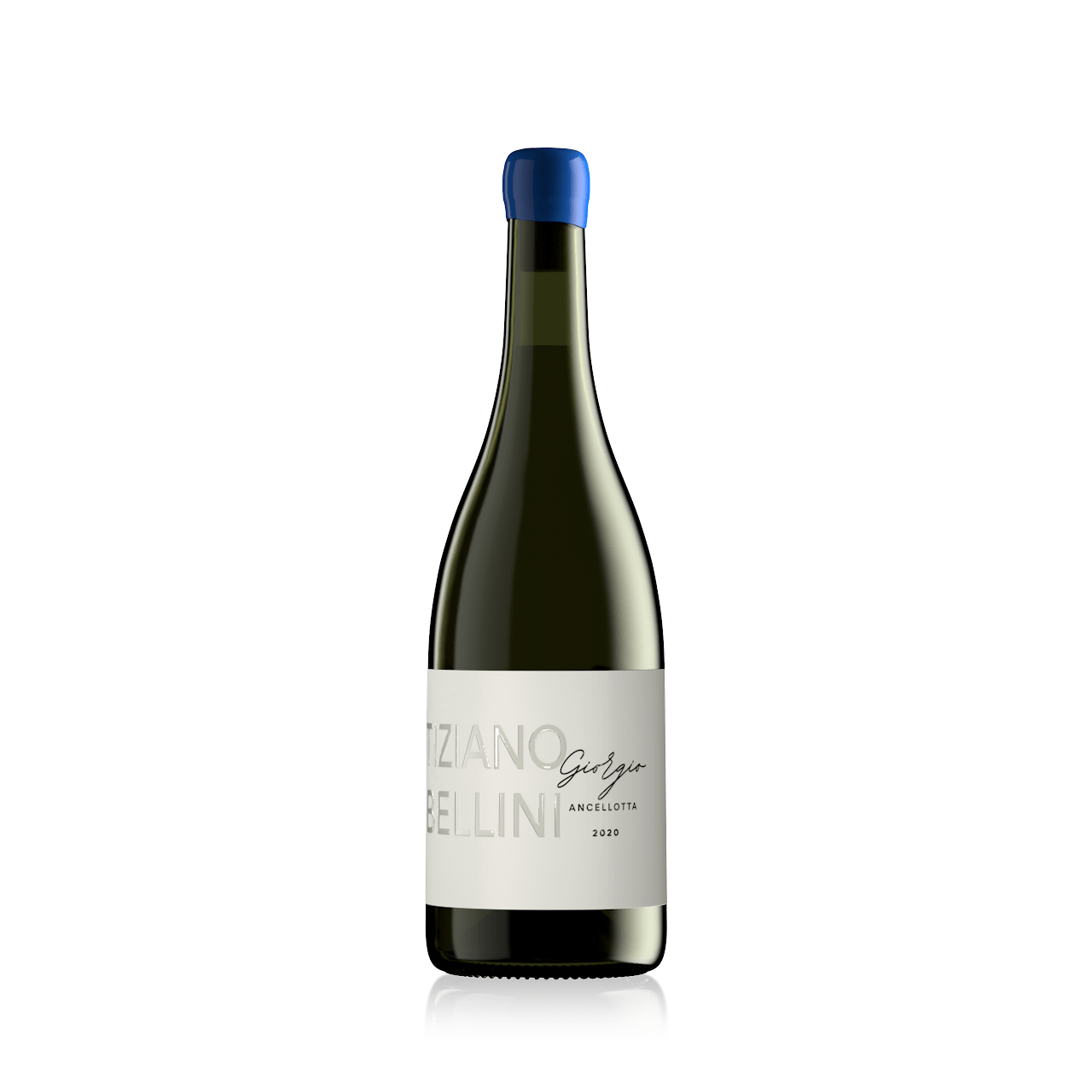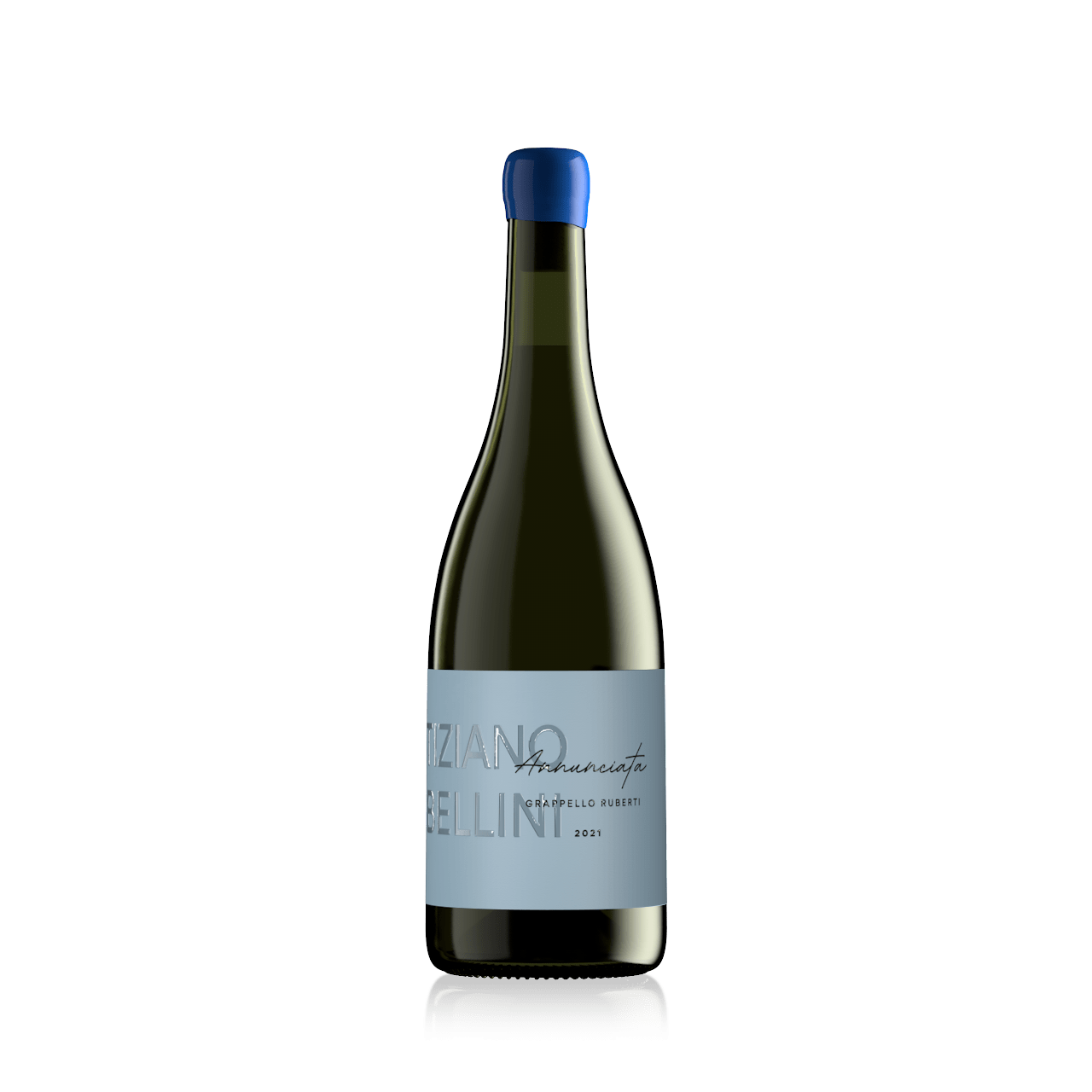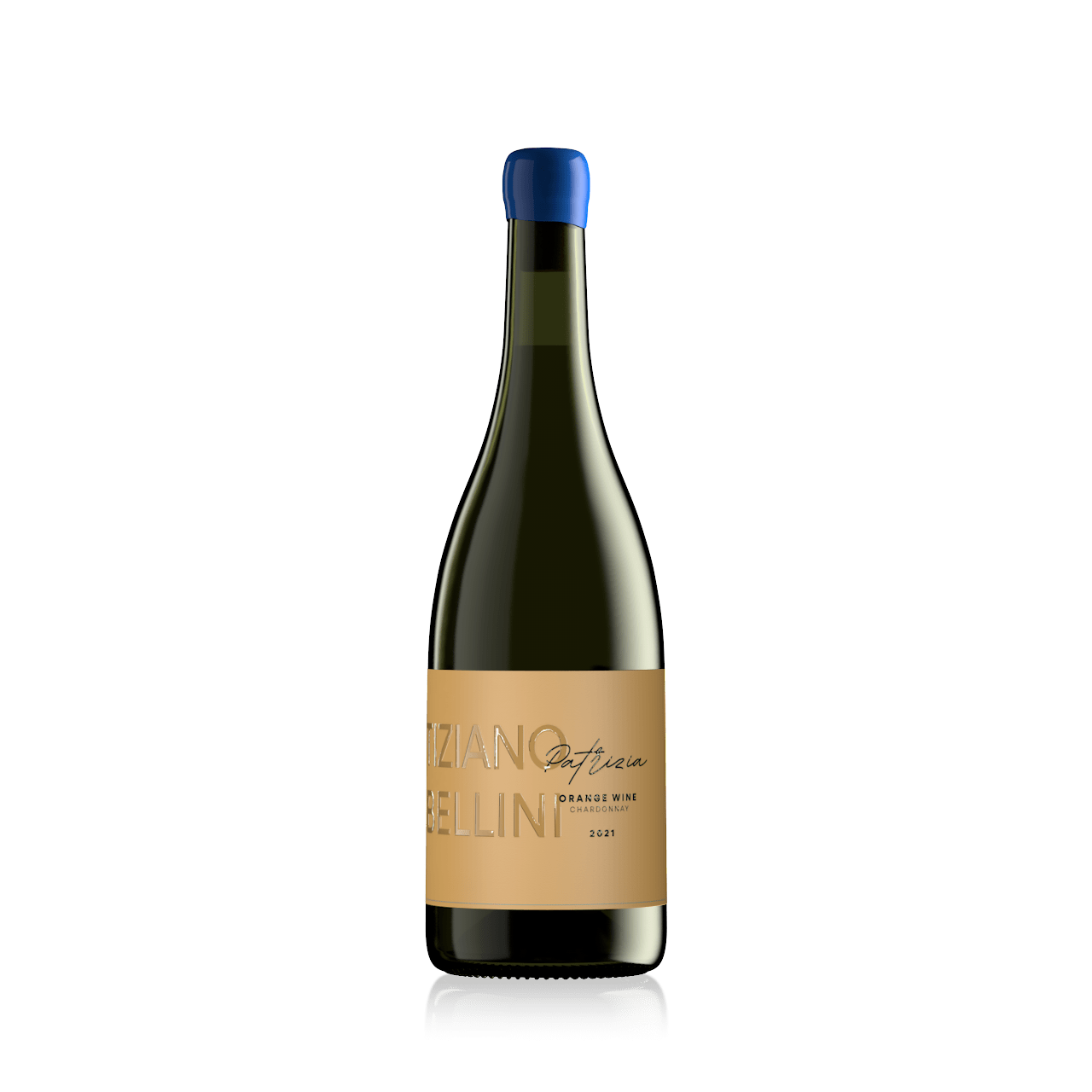excellence is rooted in passion and patience
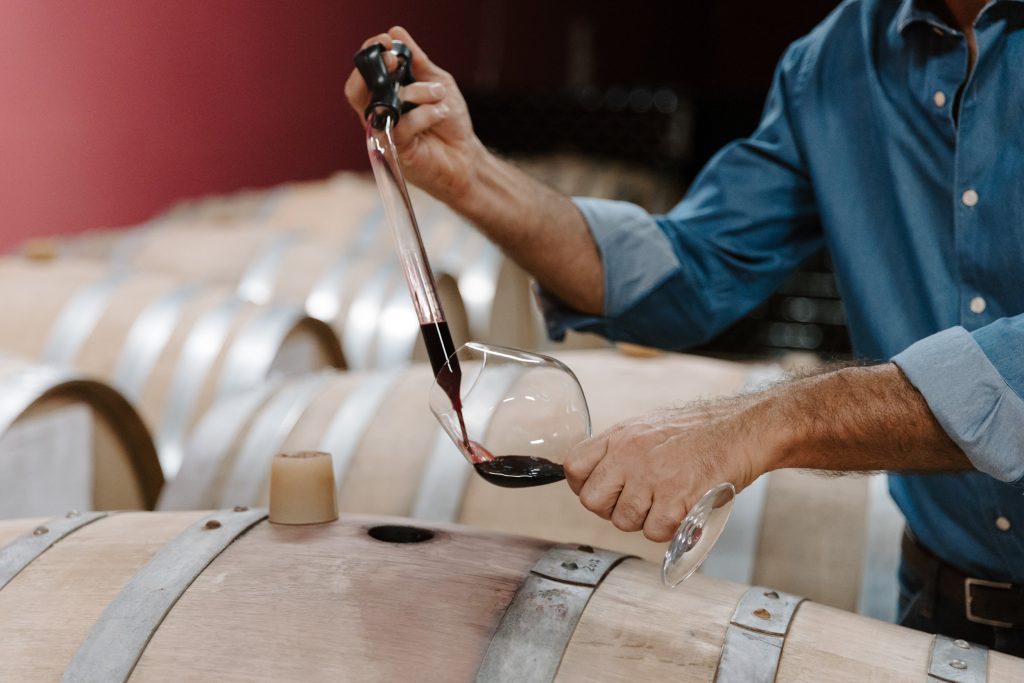
excellence is rooted in passion and patience
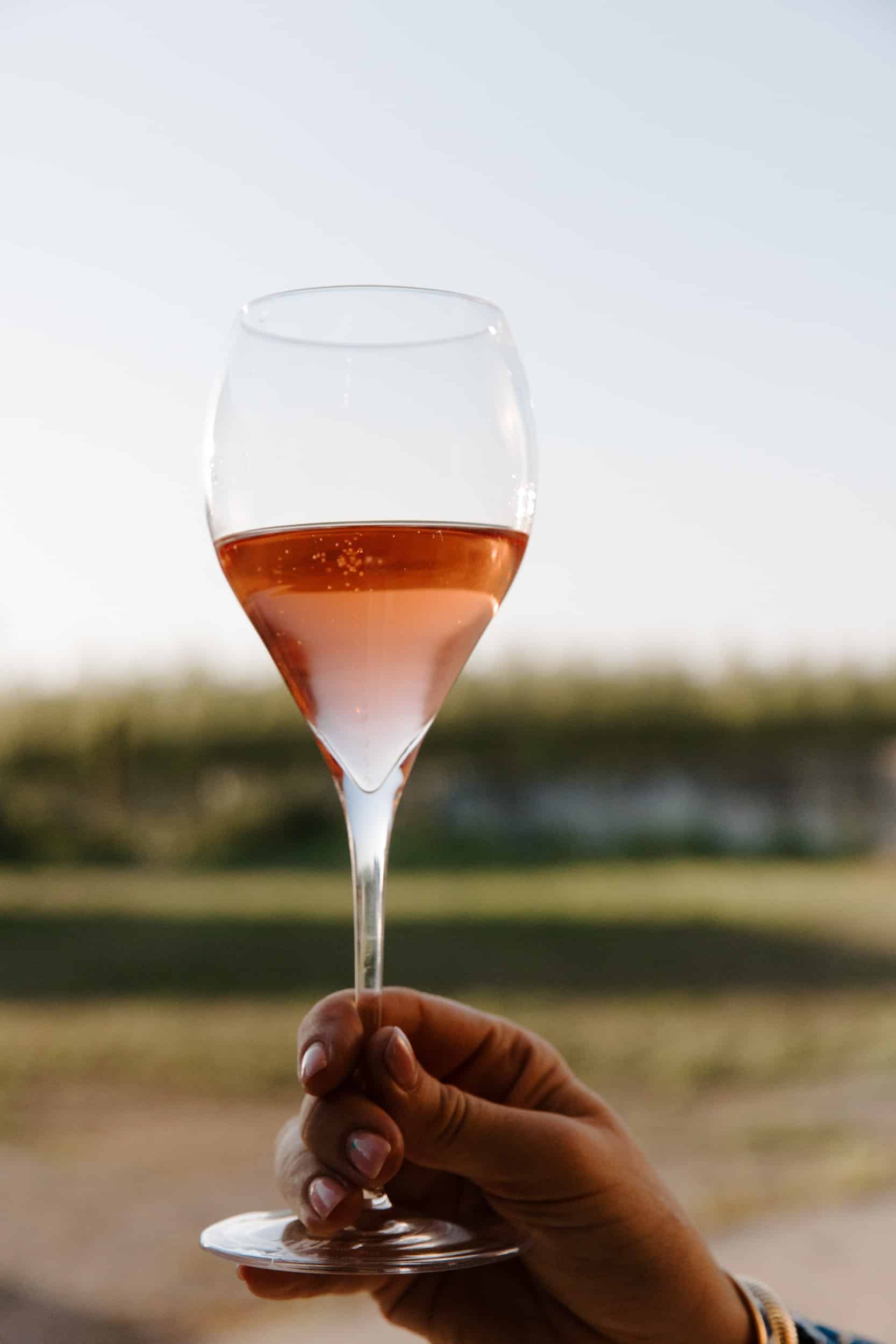
OUR Pét-Nat
(ANCESTRAL METHOD)
In the Bottle Re-fermentation Method also known as the Ancestral Method or Pétillant Naturel (Pét-Nat), the first fermentation in steel wine vessels is followed by a subsequent fermentation in the bottle where the yeasts, having completed re-fermentation, create a delicately effervescent pétillant.
OUR Pét-Nat
(ANCESTRAL METHOD)

In the Bottle Re-fermentation Method also known as the Ancestral Method or Pétillant Naturel (Pét-Nat), the first fermentation in steel wine vessels is followed by a subsequent fermentation in the bottle where the yeasts, having completed re-fermentation, create a delicately effervescent pétillant.
Discover our Rosé Pét-Nat
OUR CLASSIC METHOD
As in the Re-fermentation in the Bottle Method, a double fermentation is initiated in the Classic Method. The first one in steel wine vessels is followed by the one in bottles. In the Metodo Classico we try to enhance the structure and quality of the wine through a long aging process (the so-called aging on the lees) that at our winery lasts for at least 16 months followed by the so-called disgorgement (in French disgorgement) and insertion of the liqueur d’expédition. In keeping with our philosophy, there is no added sugar for our Metodo Classico wines, hence the appellation Pas Dosè (Dosage Zero or Brut Nature). Each bottle rests for at least 6 months before marketing.
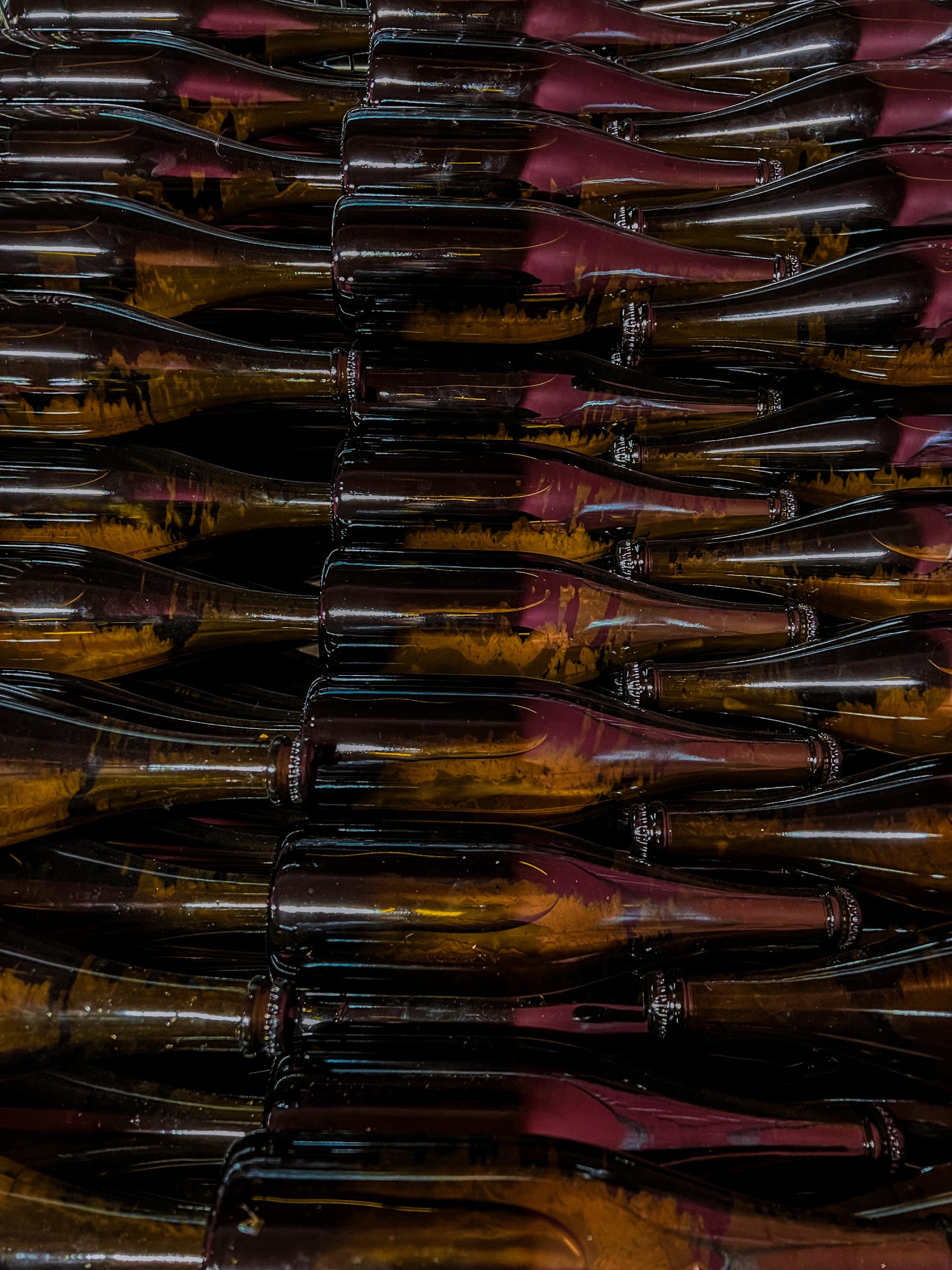
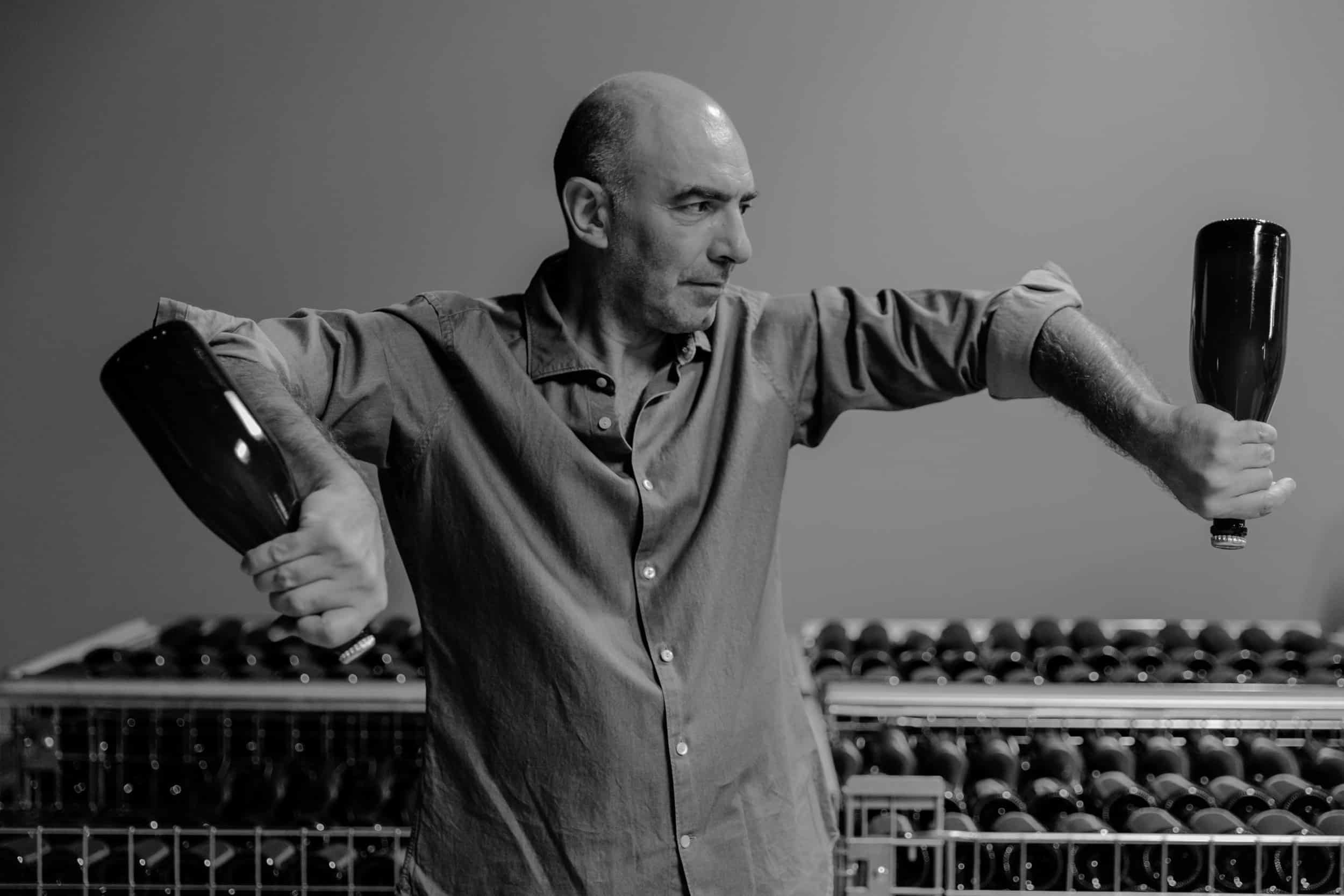
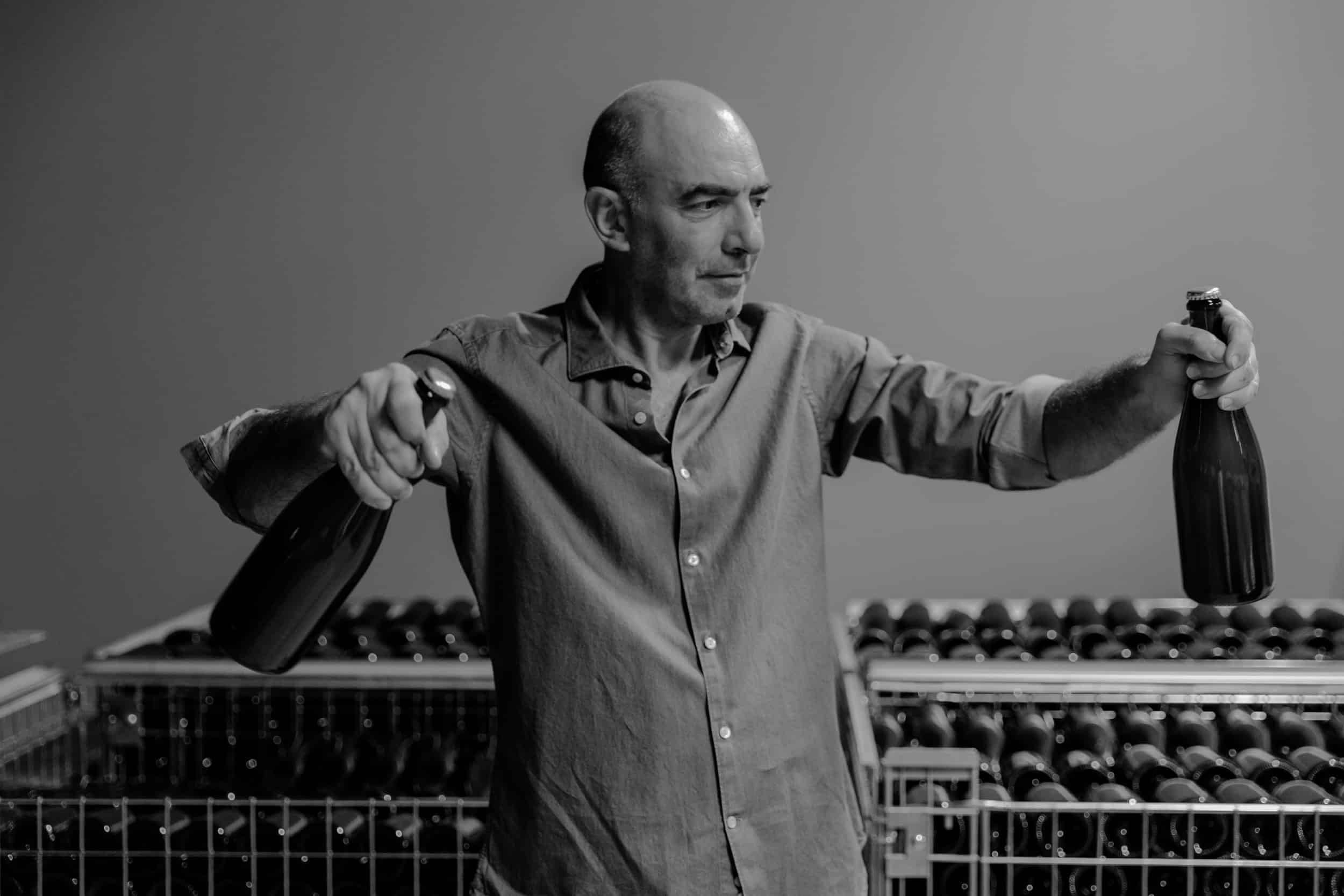
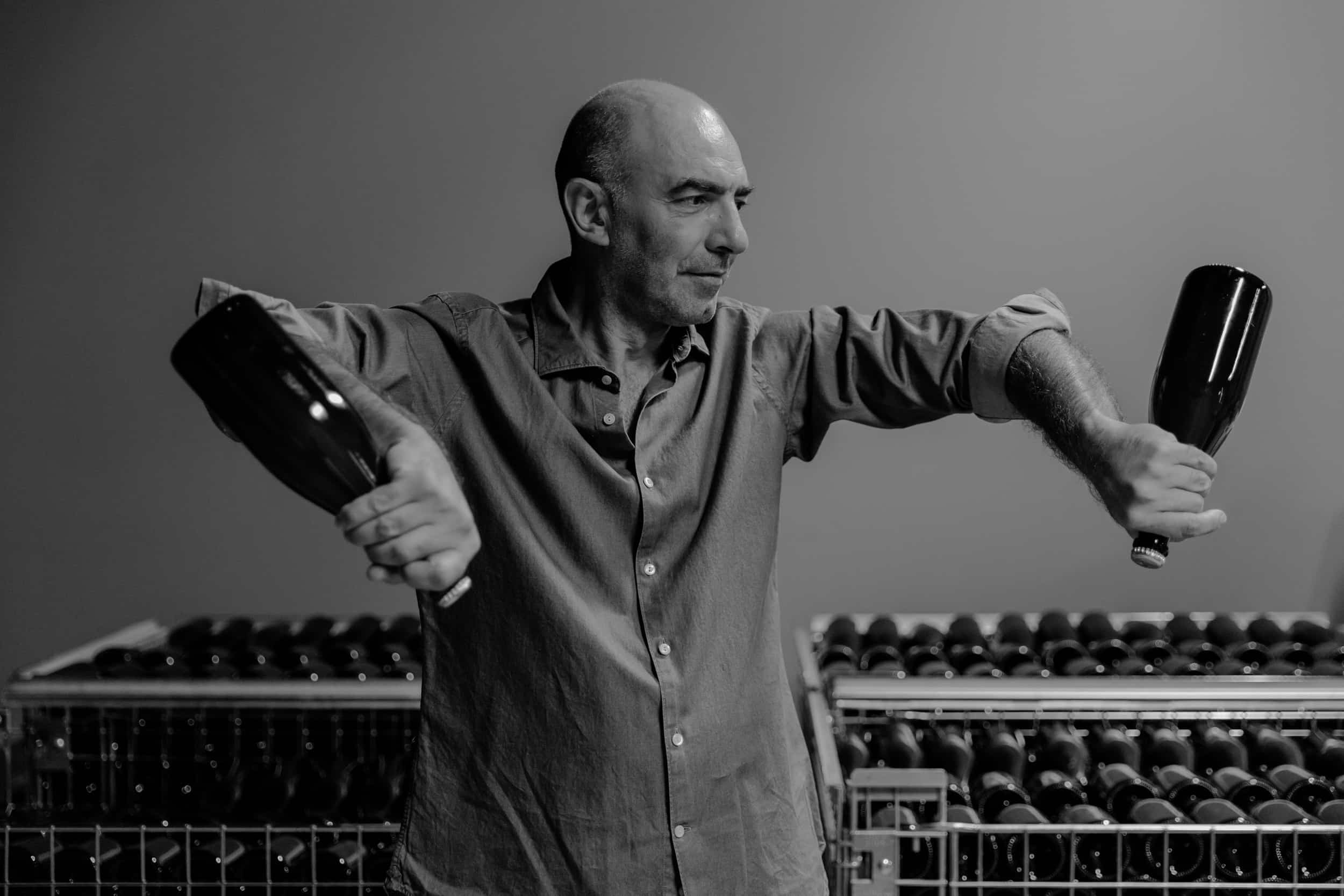
OUR CLASSIC METHOD

As in the Re-fermentation in the Bottle Method, a double fermentation is initiated in the Classic Method. The first one in steel wine vessels is followed by the one in bottles. In the Metodo Classico we try to enhance the structure and quality of the wine through a long aging process (the so-called aging on the lees) that at our winery lasts for at least 16 months followed by the so-called disgorgement (in French disgorgement) and insertion of the liqueur d’expédition. In keeping with our philosophy, there is no added sugar for our Metodo Classico wines, hence the appellation Pas Dosè (Dosage Zero or Brut Nature). Each bottle rests for at least 6 months before marketing.



Above our Metodo Classico
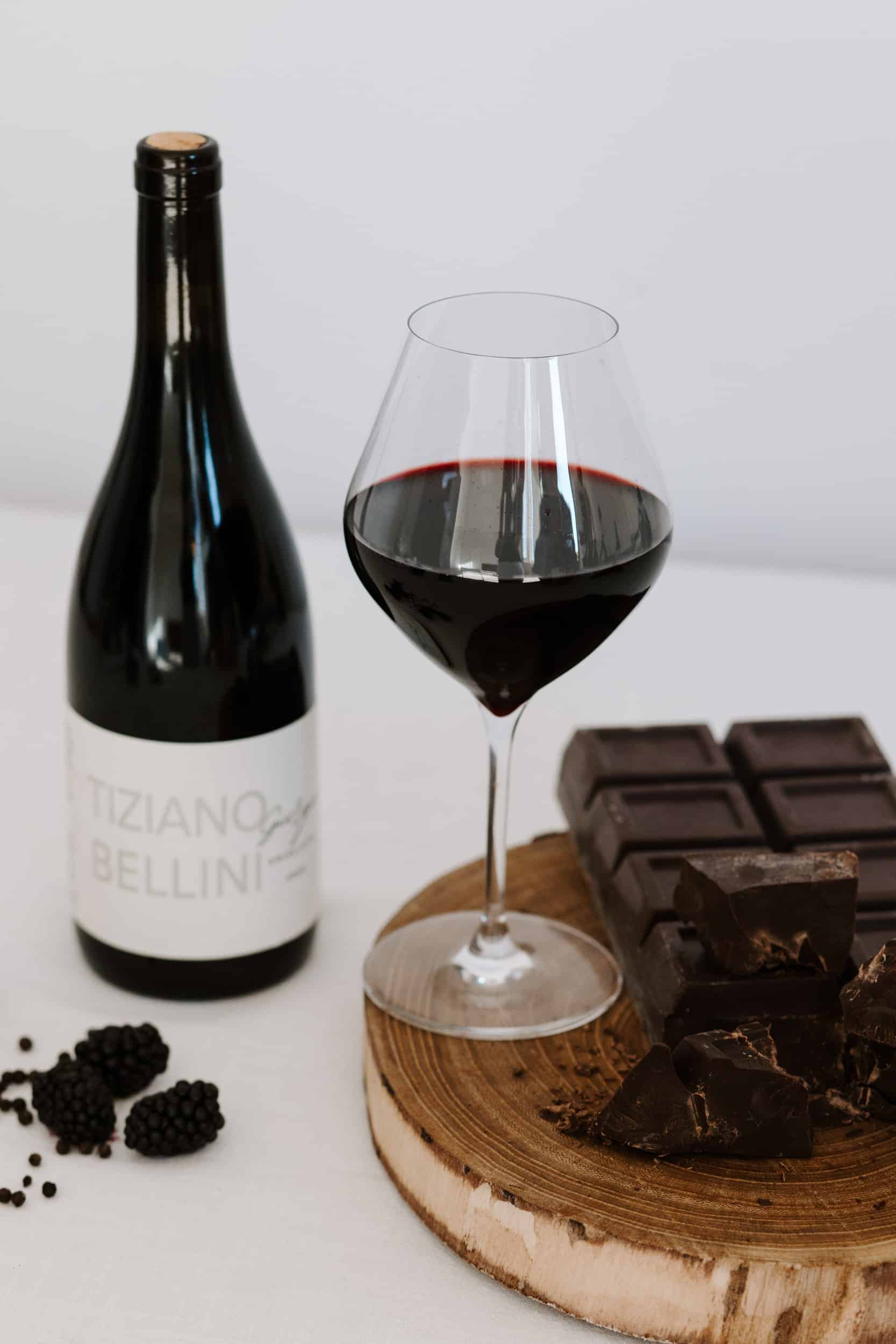
OUR STILL REDS
Our goal in making our still red wines is to allow our native grape varieties Ancellotta and Grappello Ruberti to express their full potential. The spargola structure of Ancellotta, in conjunction with its high sugar content, led us to explore the process of drying the grapes, protracted fermentation on the skins and aging for at least 24 months in barrique (first 6 months) and French oak tonneau. Given the conformation of Grappello Ruberti, the winemaking process here focuses on long maceration on the skins on the one hand and similarly to Ancellotta aging for at least 24 months in barrique (first 6 months) and French oak tonneau.
OUR STILL REDS

Our goal in making our still red wines is to allow our native grape varieties Ancellotta and Grappello Ruberti to express their full potential. The spargola structure of Ancellotta, in conjunction with its high sugar content, led us to explore the process of drying the grapes, protracted fermentation on the skins and aging for at least 24 months in barrique (first 6 months) and French oak tonneau. Given the conformation of Grappello Ruberti, the winemaking process here focuses on long maceration on the skins on the one hand and similarly to Ancellotta aging for at least 24 months in barrique (first 6 months) and French oak tonneau.
Discover our Rossi Fermi
OUR ORANGE WINE
The term Orange Wine refers to a type of wine made by vinifying white grapes using a technique similar to that used for red wines. In our case we use pure Chardonnay grapes. In contrast to traditional white wines made by separating the must from the skins immediately after pressing, Orange Wine is fermented in contact with the skins for longer periods. In our case, we keep the must in contact with the grapes for at least 28 days. This is followed by aging in wood that lasts for at least 24 months. This process gives our Orange Wine a particularly intense amber color from which it derives its name.
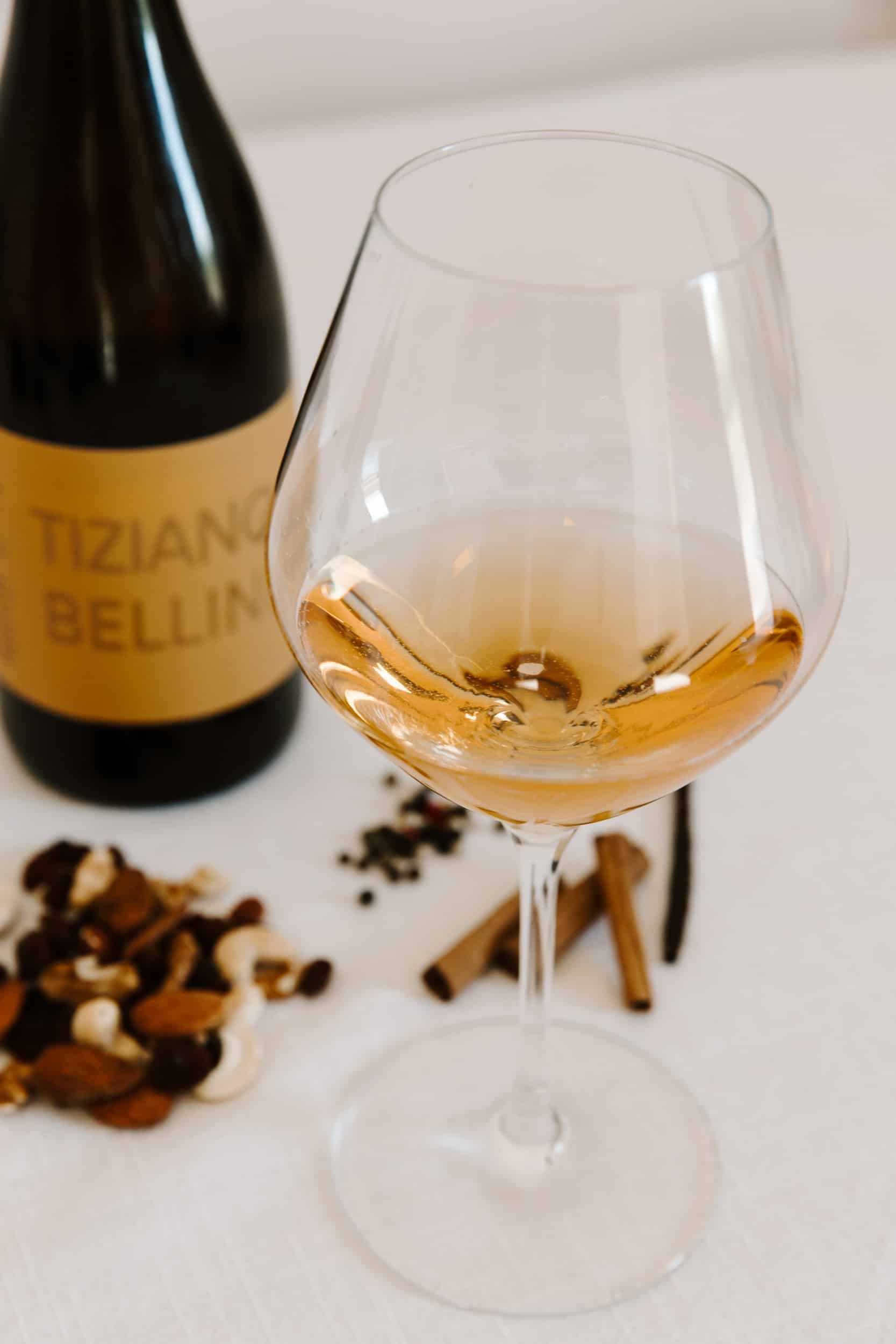
OUR ORANGE WINE

The term Orange Wine refers to a type of wine made by vinifying white grapes using a technique similar to that used for red wines. In our case we use pure Chardonnay grapes. In contrast to traditional white wines made by separating the must from the skins immediately after pressing, Orange Wine is fermented in contact with the skins for longer periods. In our case, we keep the must in contact with the grapes for at least 28 days. This is followed by aging in wood, which lasts for at least 24 months. This process gives our Orange Wine a particularly intense amber color from which it derives its name.
Discover our Orange Wine

